-
Posts
1,151 -
Joined
-
Last visited
-
Days Won
1
Content Type
Profiles
Forums
Blogs
Gallery
Events
Store
Posts posted by RobW
-
-
On 09/05/2019 at 10:48, paul wood said:
Two Nepalese regiments received tbe Victory medal for services in Waziristan. All the other regiments received just the BWM. Nepalese units also served in the 3rd Afghan war. I have a sizeable section of Nepalese contingent medals.
Paul
Hello Paul,
I have a vic to a RFM Dhaman Singh Khatri M.D.
The information that was provided to me was that this RFM was a member of a Royal Nepalese Army Contingent of Mahindra Dal, with the M.D. reportedly standing for Battalion in Nepalese.
Would you have any further information on these units?
Regards,
Rob0 -
On 05/11/2018 at 04:29, Paul R said:
Thank you. Estimates are good for me. I hope none were destroyed after the communist take-over... they were rare enough as it was.
Hello Paul,
I would agree that it is becoming a bit more difficult to find a Cuban vic in good condition, although they are much more prevalent in the market than the Brazil vic, type 2. A quick online search shows there are a few cuban examples for sale but some of them have been 'cleaned' which removes the lovely darker patina that bronze medals have. Ebay has a number of interesting rules which preclude obtaining items of cuban provenance.
Depending on how much you have to spend you should be able to still pick up a cuban vic. The more difficult to find, in good condition, is the Brazil vic, type 2 with the Brazil vic, type 1 almost impossible to find.
Good luck in your search.
Regards,
Rob0 -
On 10/05/2019 at 13:11, Trajan said:
Any comments on this one? I am lacking a Greek version, and was thinking of buying this as a place holder and getting the clasp restored...
TIA,
Trajan
Hello Trajan,
I would echo the comments above about waiting and obtaining an official one that is complete. Unless you can find a really skilled jeweller to re-make the unique greek style suspender you would be better off waiting to obtain a complete piece. The Greek vics are not that uncommon and appear regularly for modest prices.
Regards,
Rob0 -
On 06/06/2017 at 18:33, oliver860 said:
Hello!
Who collectors have Unofficial type 3 - without the name Henri Nocqand with "O" on the reverse?Show the photo, please!Regards
Hello Oliver,
The unofficial type 3 (Alex Laslo listing) doest exist but they are extremely rare. I can confirm the details listed that they don't have the name Henri Nocq on the obverse but do have the 'O' on the reverse.Due to a variety of reasons I no longer post items from my collection here on GMIC but can confirm this variety does exist.
I hope this is of some use.
Regards,
Rob0 -
Hello Paul,
There are only estimates of medals awarded which is not necessarily consistent with actual combatant numbers. The original decrees (Decree 905 10 June 1922 for Navy, and Decree 1155 27 August 1924 for Army) does also not make reference to any police personnel.
Laslo quotes a figure of 6,000-7,000 medals issued, with that number drawn from a Dr. K.G. Klietmann work published in a 1981 OMRS article.
Given the paucity of available records, and the difficulty of confirming any details, out of Cuba, I think we will be left with estimates for the time being.
Regards,
Rob0 -
Hello Bill,
A nice pickup with the green Frederico Costa box. These boxes are also seen in a darker blue colour as well. Either way they are not easy to find in complete non-crushed condition.
Regards,
Rob0 -
Hello Oliver,
The list of Naval clasps and eligible ships is contained in print in the book 'The Call of Duty'. There is also numerous websites that have the complete listing. If you search for 'Naval clasps and service credits' you should be successful in your search.
Regards,
Rob0 -
Hello Bill,
Your assumption is correct. The Repro type 1 was indeed produced by Arthus Bertrand, and it is quite a difficult example to find. The Delande produced repro is not listed in Laslo.
Regards,
Rob0 -
-
-
To all the RVN collectors,
In the Medals of America publication 'The Decorations and Medals of the Republic of Vietnam and Her Allies, 1950-1975', mention is made of a Unit Citation award of the Military Merit Medal. The wording on page 34 of that publication is:
'Unit Award (Huy-Hiệu Tuyên-Cộng Đơn-Vị). Apparently authorised circa 1974.
Description: The ribbon is in a gold-frame with a leaf background'.
Given the difficult security situation that RVN was in, circa 1974, it is possible that these awards were never made despite the apparent authorisation.
Have any RVN collectors ever seen such a Military Merit Medal Unit Award and if so are there any pics available?
Regards,
Rob0 -
On 1/21/2018 at 04:03, davidck said:
I was only aware of three. Can someone post a comparison of the four types?
Hello David,
As far as a comparison picture is concerned, if you go back through this particular thread there are numerous pics of all the 4 common varieties. A specific composite picture is at post #15 with a close-up of the two different F.M. Lorioli-Castelli varieties at post #19. I have stopped posting my collection but there are numerous other illustrations in this thread which show the level of detail and differences between the varieties which can help you.
Here is a pic of the official 'type 4' (This is not in my collection).
Regards,
Rob0 -
-
-
-
-
18 hours ago, Bilco said:
An interesting article on the unofficial Victory Medal ribbon on this Australian site
https://www.awm.gov.au/articles/blog/unofficial-victory-medal-ribbon-1919
Has anyone seen the article referred to at the end?
Bill
Hello Bill,
I have a copy of the article in quesiton from the September 1998 Medal News issue. It recounts the same background information about the Interallied Victory Medal conference that is contained in the introdcution to Mr Alex Laslo's book, as it specifically relates to the discussion about how the design of the vic ribbon was chosen.
Regards,
Rob0 -
On 9/14/2017 at 09:57, davidck said:
What's going on with this medal?
http://www.bidorbuy.co.za/item/303240176/WW1_Victory_Medal_SA_Pattern_Un_named.html
The obverse looks more or less normal, but the reverse is bizarre. Just a really poor repro?
Hi David,
I picked up one of this interesting variety a couple of years ago. They are quite unique and there does not seem to be much information out there on their background.
On my example the reverse planchet central area was particularly smooth, with what appeared to be grinding/filing marks just visible below the surface. That suggests the original lettering was removed, while the engraving looked professionally done. In addition there were, on my piece, a number of shallow test holes in the rim; which may have been indicative of some form of testing.
What is noticeable on the example you linked to, was the barrel suspender does not appear to be part of the planchet with what appears to be solder, very noticeable, on the obverse.
Regards,
Rob0 -
On 11/14/2016 at 01:10, claudio2574 said:
Hello everybody. I'm proposing not the medal itself, which is the well known Sacchini's version with its envelope, but the temporary authorization to use the medal. This document is not very common, since it was always changed with the official diploma as soon as possible. It is just a small piece of paper, dated 1928 from Perugia in this case.

Hello Claudio,
I have also seen these initial victory medal authorisation documents glued onto the corresponding diploma for the Italian War Medal 1915-1918 (Medaglia Dell Guerra 1915-1918). There is, as you have suggested, great variety in these authorisation documents.
Regards,
Rob0 -
On 6/14/2017 at 22:23, oliver860 said:
Hello Oliver,
A nice darker patina Reimer model you have posted. It is great that you also post diameter and planchet thickness because that helps out all the vic collectors to see if there are differences to item in their collection.
Regards,
Rob0 -
On 8/11/2017 at 11:07, davidck said:
Gah. I had looked through the Michels book and found it to be indistinguishable from an unofficial type 2, but you're right in that the reverse appears to be the same misstrike as the one you have here. At $75, it did not set me back nearly as much as a typical Cuban medal would, but maybe I'll still see if I can get it returned. I have over 40 vics now, and this seems to be the first time I've been fooled.
Hello David,
Notwithstanding that you are out of pocket some money, I would probably keep it as an education opportunity. Having modern reproductions to review in hand is as probaly as good as having the genuine example.
The sort of bronze coloured reproduction that is illustrated above are quite common an eminate from the UK. Most of the vic series have been so reproduced all in the same sort of base metal. In this particular example the reverse planchet die flaws are common across a range of Cuban reproductions so keeping one close by for reference is a good idea.
Regards,
Rob0 -
Hello Oliver,
A good selection that you have posted here on the forum for the benefit of all the fellow vic collectors.
The range of minor variations, especially noted on the Romanian vic, is attributable to a wide and un-documented number of local unofficial manufacturers.
It is this large number of variations that makes the vics worth collecting, as you never really finish collecting. It is, however, a long and often slippery slope once you start trying to find all the different major and then minor variations.
Thanks for posting these pictures.
Regards,
Rob0 -
Hello Herman,
I would leave both the brooch and engagment clasps as they are, unless you want to specifically construct a US french-made example complete with clasps. As Bill has indicated the edge marking of the large font 'MADE IN FRANCE' is consistent with late 20's to early 30's french manufacture; as is the ribbed planchet edges.
Once the specimen is in your hands I would also inspect the remainder of the rim for either the marking 'BRONZE' or some other makers mark. You will also want to inspect both sides of the large suspension ring as there are occasionally markings on that as well.
A gentle brush, with some warm water and a soft toothbrush, will remove the crud that has accumulated on the top section of the planchet reverse. A nice example.
Regards,
Rob0 -
Hello david,
A nice example that you have waited patiently for. Sometimes the rarer examples are worth the wait. I would replace the current ribbon (as it is a latter US type) and replace it with some nice French made ribbon. That would make your example more correct to type.
Regards,
Rob0





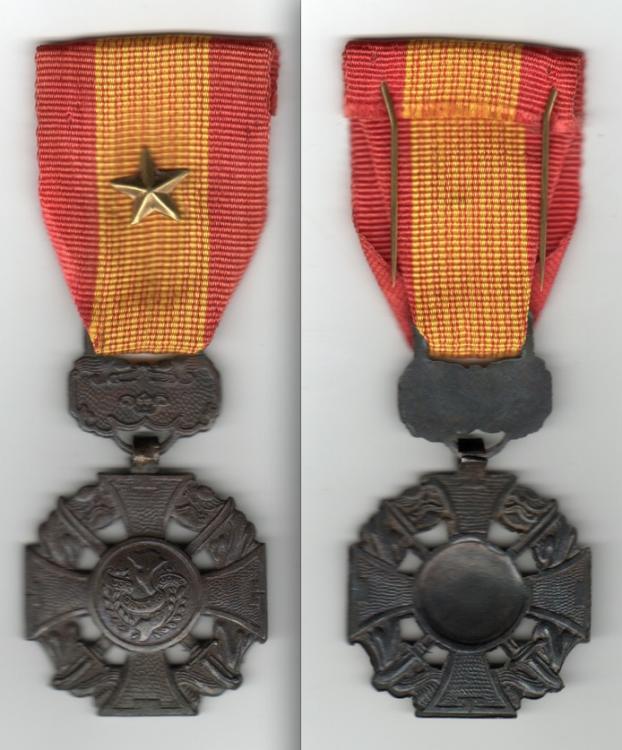
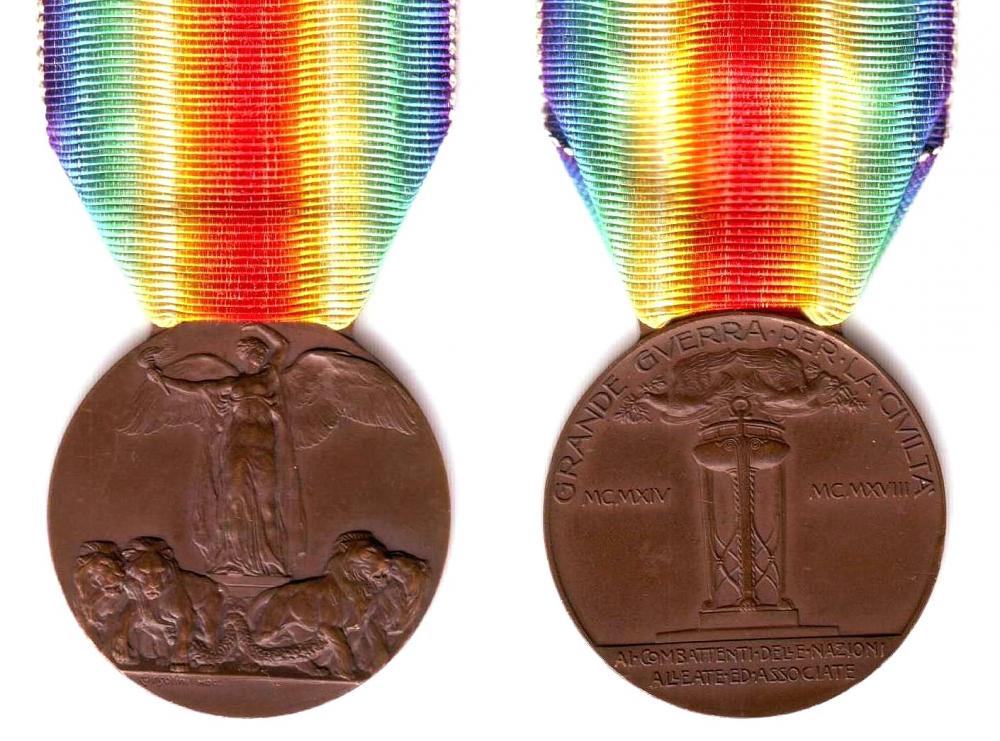
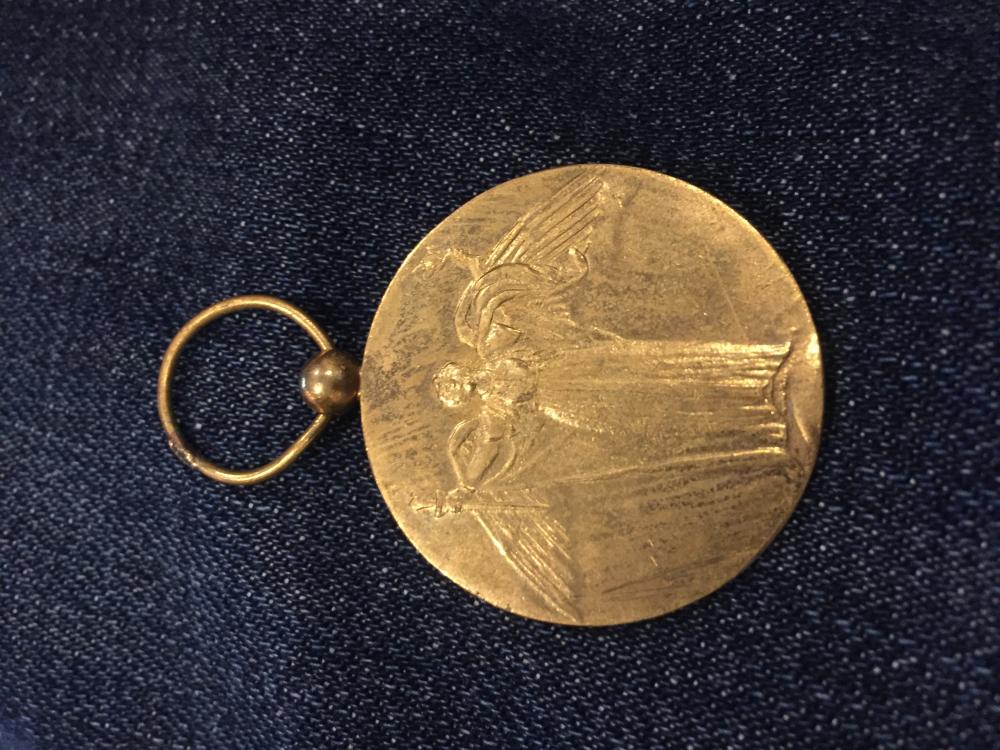



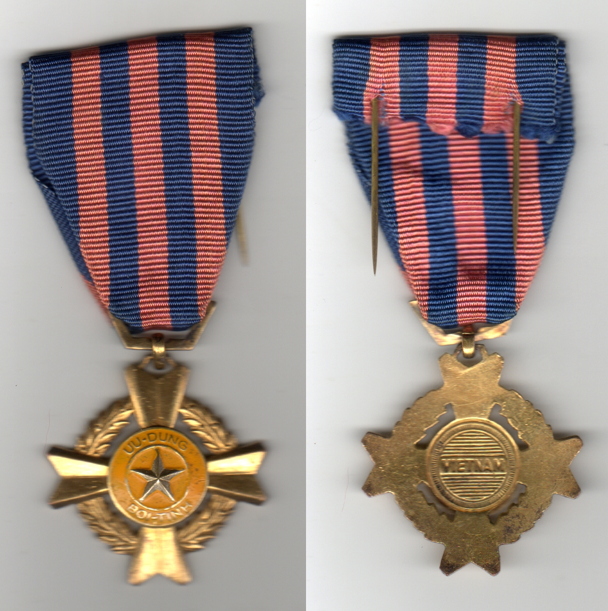

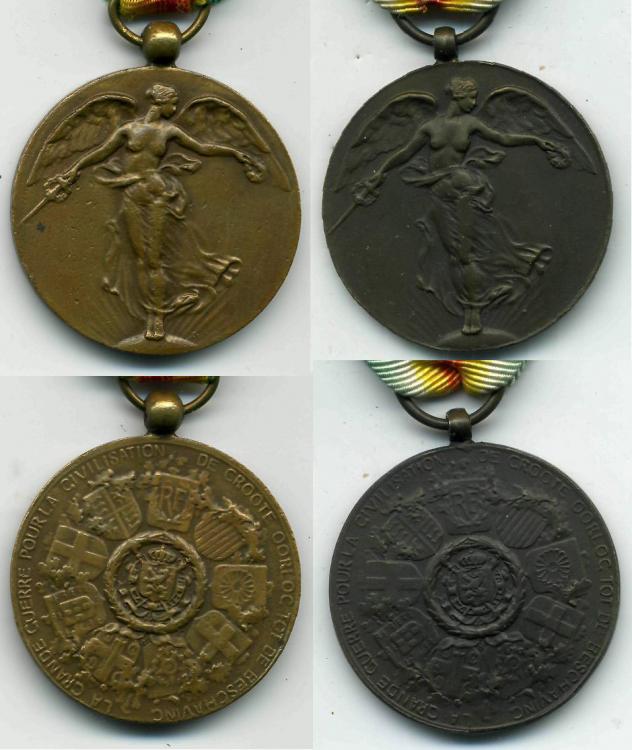
Indian Army Victory Medals
in Inter-Allied Victory Medals of the Great War
Posted
Hi Paul,
Unfortunately not. I almost stumbled across the vic when looking for a particular indian vic group to a member of 52nd Sikhs/Frontier Force Regiment.
Good to know that the recipient served in Waziristan.
Regards,
Rob